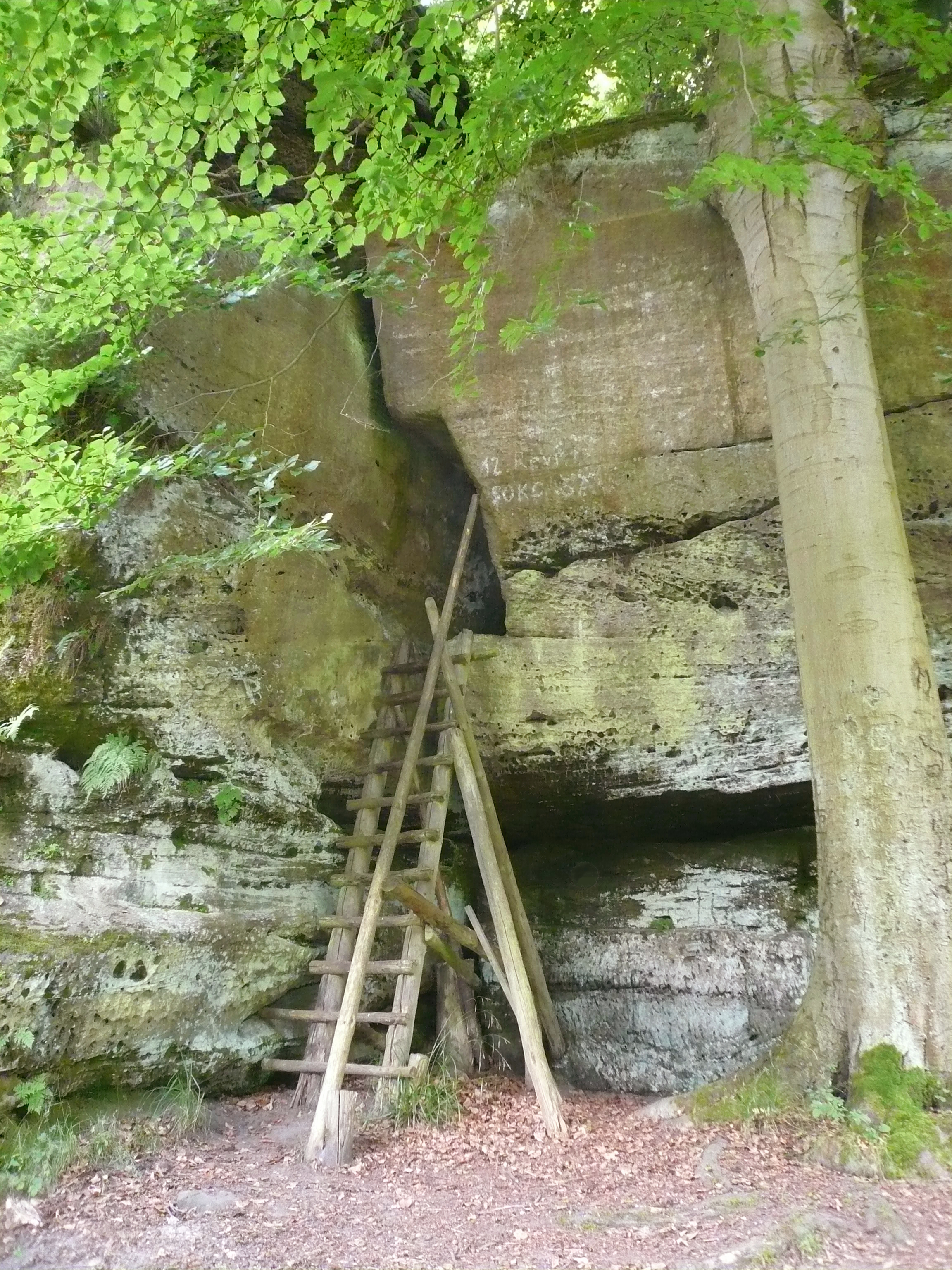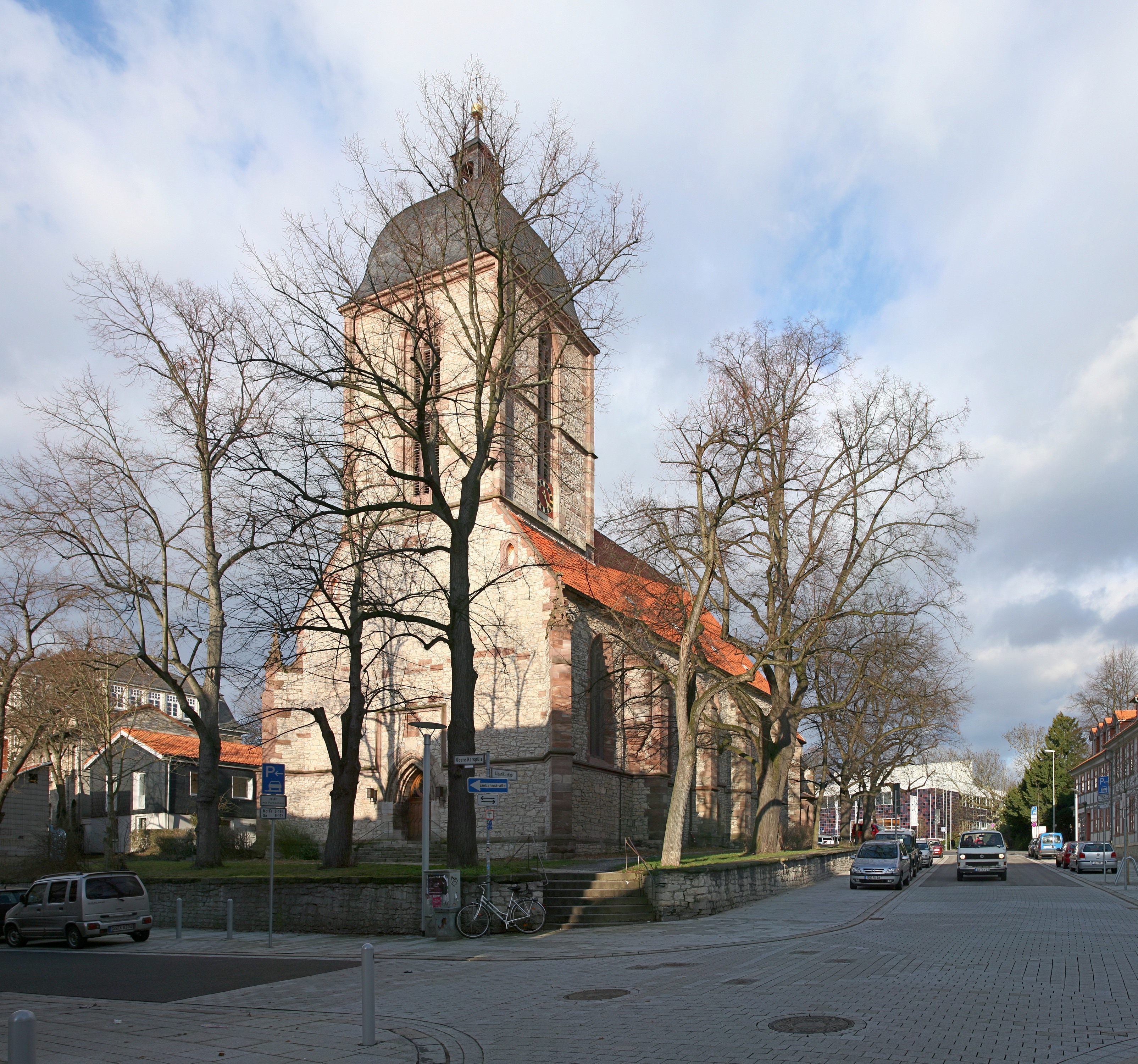|
Klein Lengden
Klein Lengden is a village in the Gleichen in the Göttingen district of Lower Saxony, Germany, about eight to ten kilometers south-east of Göttingen. According to the 2010 census, it has about 1363 inhabitants. The village lies in the Garte valley, south of the forested hills of Lengderburg (384 meters a.s.l.) with its Lengdener Burg (castle) and Westerberg (340 meters a.s.l.) and is otherwise surrounded by farm fields. The nearest neighboring villages are Gross Lengden to the east and Diemarden to the west-south-west, each of which is about two kilometers distant. Just outside the village, on L569, the road to Benniehausen, is the Historische Spinnerei Gartetal (historical spinning works of the Garte Valley). In the late 16th century, a flour mill was erected on the site. In the middle of the following century, a paper mill was added. The Industrial Revolution led to the conversion to a spinnery for flannel and woolen yarn. History The earliest known record of the town ... [...More Info...] [...Related Items...] OR: [Wikipedia] [Google] [Baidu] [Amazon] |
DEU Klein Lengden COA
DEU may refer to: *Deutsche Eislauf-Union, the figure skating governing body in Germany *''Diccionario del español del Uruguay'', the Dictionary of Uruguayan Spanish *Distinctive environmental uniform, the current Uniforms of the Canadian Forces#distinctive environmental uniforms, uniform of the Canadian Forces, adopted in the late 1980s *Doom Editing Utility, a software utility for the computer game Doom * The ISO 3166-1 alpha-3 country code for Germany (German ''Deutschland'') * The ISO 639-2 (T) and ISO 639-3 code for Standard German * Drug Enforcement Unit, a specialised police unit *Dokuz Eylül University, a state university located in Izmir, Turkey {{disambiguation ... [...More Info...] [...Related Items...] OR: [Wikipedia] [Google] [Baidu] [Amazon] |
Gleichen, Lower Saxony
Gleichen () is a municipality (in this case, a ''Gemeinde (Germany), Gemeinde'') in the Göttingen (district), district of Göttingen, in Lower Saxony, Germany. Named after the two castles, Neuen-Gleichen and Alten-Gleichen on the twin peaks in the ''Gemeinde'', it is situated about 10 km southeast of Göttingen, from which the peaks are visible. Its seat is Reinhausen. Location The municipality of Gleichen is located southeast of Göttingen, west-southwest of Duderstadt and north-northwest of Heilbad Heiligenstadt. The River Garte flows through several of the villages in the municipality, as does the small Wendebach stream, which is impounded by the Wendebach Reservoir. Both streams are right, eastern tributaries of the Leine. In the center of the municipality are Die Gleichen, a pair of hills 430 m high, that rise between Appenrode, Bettenrode and Gelliehausen. Both hills were once crowned by castles, whose ruins may still be seen. The villages in the municipality ... [...More Info...] [...Related Items...] OR: [Wikipedia] [Google] [Baidu] [Amazon] |
Göttingen District
Göttingen (, ; ; ) is a college town, university city in Lower Saxony, central Germany, the Capital (political), capital of Göttingen (district), the eponymous district. The River Leine runs through it. According to the 2022 German census, the population of Göttingen was 124,548. Overview The origins of Göttingen lay in a village called ''Gutingi, ''first mentioned in a document in 953 AD. The city was founded northwest of this village, between 1150 and 1200 AD, and adopted its name. In Middle Ages, medieval times the city was a member of the Hanseatic League and hence a wealthy town. Today, Göttingen is famous for its old university (''Georgia Augusta'', or University of Göttingen, "Georg-August-Universität"), which was founded in 1734 (first classes in 1737) and became the most visited university of Europe. In 1837, seven professors protested against the absolute sovereignty of the House of Hanover, kings of Kingdom of Hanover, Hanover; they lost their positions, but ... [...More Info...] [...Related Items...] OR: [Wikipedia] [Google] [Baidu] [Amazon] |
Lower Saxony
Lower Saxony is a States of Germany, German state (') in Northern Germany, northwestern Germany. It is the second-largest state by land area, with , and fourth-largest in population (8 million in 2021) among the 16 ' of the Germany, Federal Republic of Germany. In rural areas, Northern Low Saxon and Saterland Frisian language, Saterland Frisian are still spoken, though by declining numbers of people. Lower Saxony borders on (from north and clockwise) the North Sea, the states of Schleswig-Holstein, Hamburg, , Brandenburg, Saxony-Anhalt, Thuringia, Hesse and North Rhine-Westphalia, and the Netherlands. Furthermore, the Bremen (state), state of Bremen forms two enclaves within Lower Saxony, one being the city of Bremen, the other its seaport, Bremerhaven (which is a semi-exclave, as it has a coastline). Lower Saxony thus borders more neighbours than any other single '. The state's largest cities are the state capital Hanover, Braunschweig (Brunswick), Oldenburg (city), Oldenburg, ... [...More Info...] [...Related Items...] OR: [Wikipedia] [Google] [Baidu] [Amazon] |
Germany
Germany, officially the Federal Republic of Germany, is a country in Central Europe. It lies between the Baltic Sea and the North Sea to the north and the Alps to the south. Its sixteen States of Germany, constituent states have a total population of over 84 million in an area of , making it the most populous member state of the European Union. It borders Denmark to the north, Poland and the Czech Republic to the east, Austria and Switzerland to the south, and France, Luxembourg, Belgium, and the Netherlands to the west. The Capital of Germany, nation's capital and List of cities in Germany by population, most populous city is Berlin and its main financial centre is Frankfurt; the largest urban area is the Ruhr. Settlement in the territory of modern Germany began in the Lower Paleolithic, with various tribes inhabiting it from the Neolithic onward, chiefly the Celts. Various Germanic peoples, Germanic tribes have inhabited the northern parts of modern Germany since classical ... [...More Info...] [...Related Items...] OR: [Wikipedia] [Google] [Baidu] [Amazon] |
Garte
The Garte is a small tributary to the Leine River in Lower Saxony, Germany. The Garte is a long stream that rises to the east of Weißenborn at an elevation of . Towns that it runs through or by include Beienrode, Kerstlingerode, Rittmarshausen (where it is joined by the Bernsroder Bach), Wöllmarshausen, Benniehausen (where the Bischhäuser Bach joins it), Klein Lengden (where the Bramke and Eichbach join it), and Diemarden. The stream joins the Leine River south of Göttingen. With a drop of 151 m, the stream averages a bed slope of 6.6‰. The watershed is . It is classified as a third-order (i.e., lowest :de:Flussordnungszahl) stream according to the German system of body-of-water ranking. The river valley is considered locally as something of a micro-cultural unit, especially solidified by the now-defunct Garte Valley Railway, a 750 mm narrow-gauge railway running from Göttingen to Duderstadt. Tributaries from source to mouth * (unnamed stream, from Weiß ... [...More Info...] [...Related Items...] OR: [Wikipedia] [Google] [Baidu] [Amazon] |


